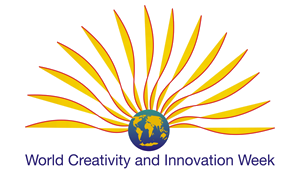Stanford’s Crash Course on Creativity – Week One – Reprise
Tina Seelig’s TedxStandford talk is worth the watch.
Points from the presentation that I like include:
- Challenge your assumptions to come up with new ideas. Where is there value in things you don’t value? Trash can contents, for example, what gems or potentials might you find there?
- To gain knowledge, pay attention to the world around you.
- Need to have the drive or motivation to go beyond the first right answer for your creativity to emerge
- Entrepreneurs are quilt makers, not puzzle makers. They don’t try to get all the pieces to make things complete, ensuring they all fit. Instead they gather what they have and make something from it.
- Habitats – rules, rewards, constraints, physical space – are important for creativity to occur. The space we are in tells a story. If we sit in rows and
columns in schools, with chairs bolted to the floor, and then enter a workplace with the same seating arrangement, what kind of creativity might you begin to expect?
- Resources in the environment are important for creativity; natural resources, cultures, processes put in place
- Our habitats shape our imagination; the habitats we imagine are the ones we build
- The more knowledge we have, the more resources we can unlock; the more resources we have, the greater our knowledge capacity.
- Culture is made of the collective attitudes of our community; our attitude has an influence on the culture around us.
- Culture is like the background music of every organization. If you could change your company’s soundtrack, what might you shift it to?
Curious path I’ve chosen to travel and unravel. More as it happens…
Marci Segal
Related articles


Marci, thanks for the original post on the course. I signed up. Should be insightful in a number of ways. Also thought her model was nice. it does a nice job organizing many of the things we talk about at icsc. I see it kind of building on nollars model. Though she left of evaluation…which I think Cain make a critical difference. Hope all is well. Cheers!
I love the model and the analogy of being quilt makers versus puzzle builders! Thanks for sharing!